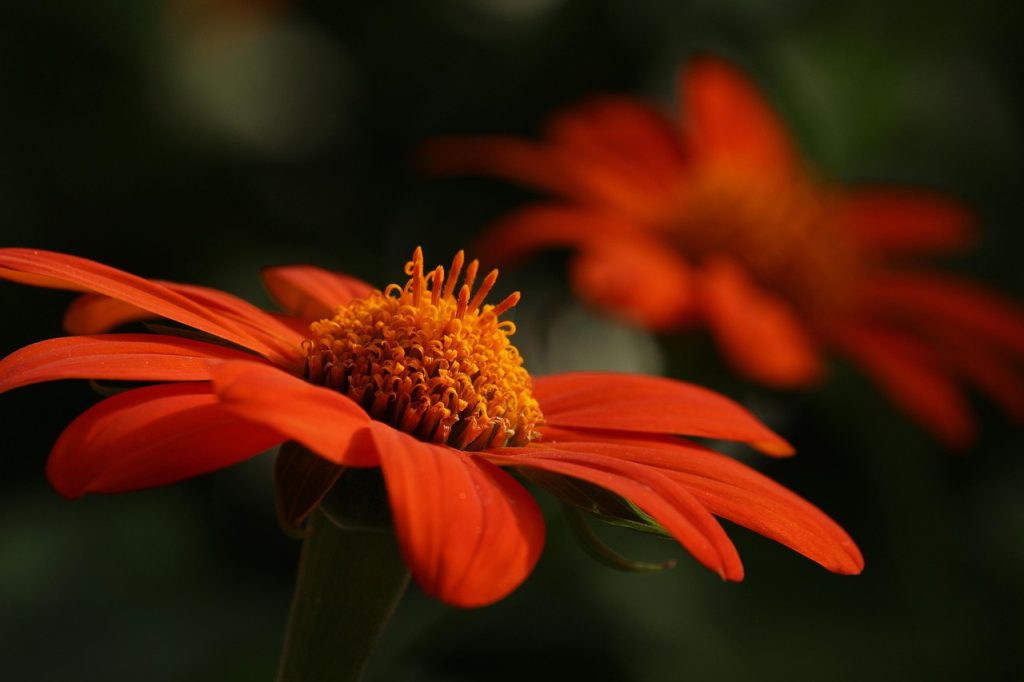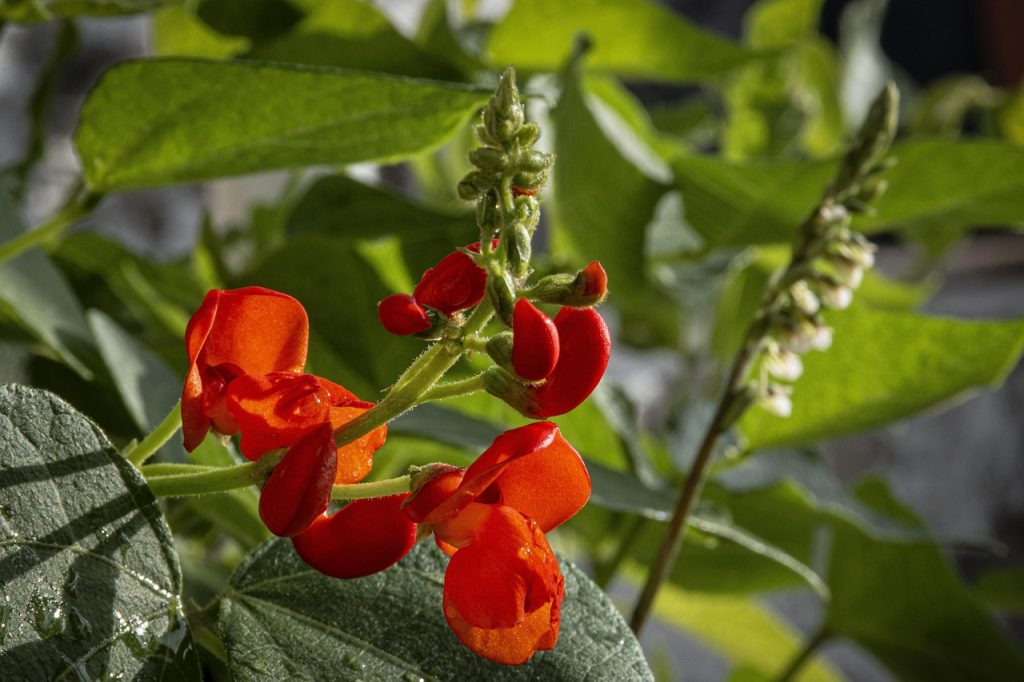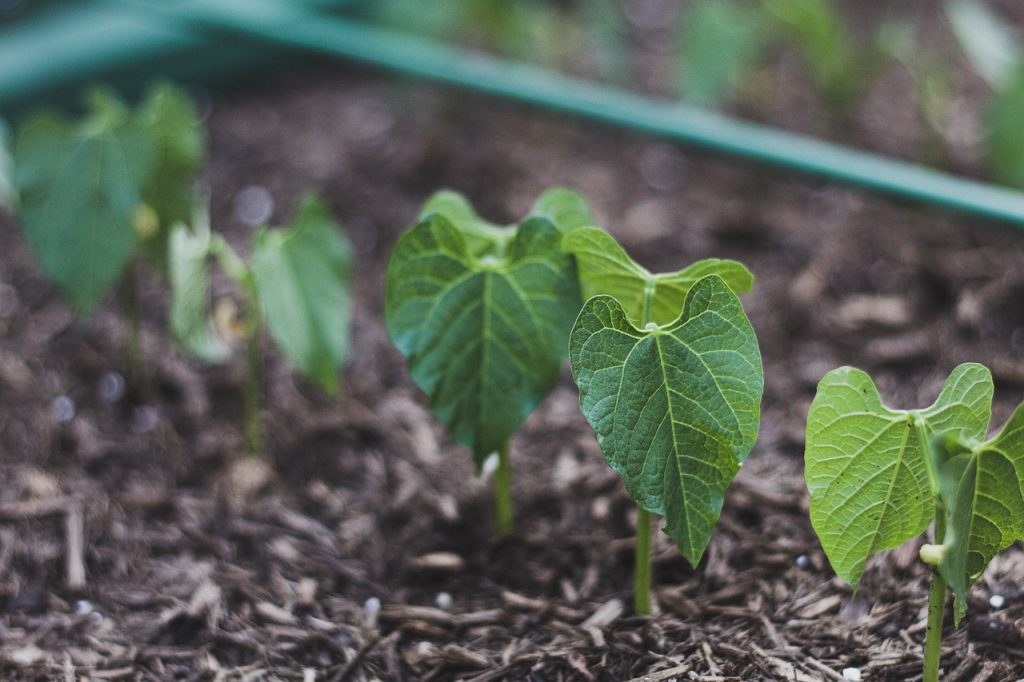Community gardening and themed planting events are becoming increasingly popular in schools, neighborhoods, and urban communities. One of the most exciting ideas is the “Grow a Garden Beanstalk Event”, where participants come together to plant beans and learn about different varieties, their growth habits, and how to care for them. Understanding the right plant types is essential for the success of such an event.
This guide explains how to grow a garden beanstalk event plant types, including the best beans to choose, their growing needs, and creative ways to make your event successful.

Why Host a Garden Beanstalk Event?
Before diving into plant types, it’s worth asking why these events matter:
- Educational Value — Teaches kids and beginners about seed germination, plant growth, and sustainability.
- Community Bonding — Brings people together in a fun, hands-on activity.
- Food Security — Beans are a nutritious, protein-rich crop that’s easy to grow.
- Eco-Friendly Learning — Encourages organic gardening practices and awareness.
Whether you’re a teacher, a community leader, or just a passionate gardener, planning the right plant types ensures the event is engaging and productive.
Best Plant Types for a Garden Beanstalk Event
When planning how to grow a garden beanstalk event plant types, it’s important to select varieties that are:
- Easy to grow for beginners
- Fast-germinating to show results quickly
- Visually rewarding (tall vines, colorful pods, or flowers)
Here are the top categories of bean plants to consider:
1. Pole Beans (Climbing Beanstalks)
- Examples: Kentucky Wonder, Blue Lake Pole, Scarlet Runner
- Growth habit: Tall climbing vines (up to 8–12 feet)
- Why good for events: Perfect for “Jack and the Beanstalk” themes since they grow dramatically upward with trellises.
Pole beans require support, such as bamboo poles, trellises, or teepees, making them ideal for interactive, visually striking gardening events.
2. Bush Beans (Compact and Easy)
- Examples: Provider, Contender, Topcrop
- Growth habit: Low-growing, compact plants (1–2 feet tall)
- Why good for events: Beginner-friendly, doesn’t need staking, and produces quickly.
Bush beans are ideal for community gardens with limited space and for children who want to see results fast.

3. Runner Beans (Colorful and Decorative)
- Examples: Scarlet Runner, Painted Lady
- Growth habit: Vigorous climbers with bright red or bicolored flowers
- Why good for events: Adds beauty with flowers and edible pods, engaging participants beyond just vegetables.
Runner beans combine both ornamental appeal and edible harvest, making them versatile for educational events.
4. Dry Beans (Harvest for Storage)
- Examples: Black beans, Pinto, Navy beans
- Growth habit: Bush or pole, depending on variety
- Why good for events: Teaches participants about sustainable food storage and long-term nutrition.
Dry beans are perfect for workshops focusing on farm-to-table education.
5. Specialty Beans (Unique Appeal)
- Examples: Yardlong beans, Purple Podded Pole Beans, Lima Beans
- Growth habit: Varies — some are long vines, others compact
- Why good for events: Unique shapes and colors make them exciting for children and first-time gardeners.
Comparison Table — Beanstalk Event Plant Types
| Bean Type | Growth Habit | Days to Harvest | Needs Support? | Best For |
|---|---|---|---|---|
| Pole Beans | Tall vines (8–12 ft) | 60–70 days | Yes | Dramatic climbing displays |
| Bush Beans | Compact (1–2 ft) | 50–60 days | No | Beginners & small spaces |
| Runner Beans | Tall climbers | 65–75 days | Yes | Decorative flowers + pods |
| Dry Beans | Varies | 80–100 days | Sometimes | Food storage lessons |
| Specialty Beans | Unique forms/colors | 60–90 days | Depends | Engaging, fun varieties |
Step-by-Step: How to Grow a Garden Beanstalk Event Plant Types
- Choose Plant Types
Select a mix of pole beans for climbing displays, bush beans for easy harvests, and runner beans for colorful blooms. - Prepare the Soil
- Well-draining soil with compost or organic matter
- pH range: 6.0–7.5
- Loosen soil at least 6–8 inches deep
- Planting Seeds
- Sow seeds directly outdoors after frost danger has passed
- Space bush beans 4–6 inches apart, pole beans 6 inches apart
- Plant 1 inch deep in moist soil
- Provide Support for Climbers
- Use bamboo poles, garden netting, or teepees for pole and runner beans
- Build structures in advance for event participants to use
- Watering & Care
- Keep soil consistently moist (but not waterlogged)
- Water at soil level, not over leaves
- Mulch to retain moisture
- Fertilizing
- Beans fix their own nitrogen, so avoid high-nitrogen fertilizers
- A light all-purpose fertilizer at planting is enough
- Engagement Ideas for Events
- Create a “bean race” to see which type sprouts first
- Assign groups to care for different bean types
- Use trellises to build “bean tunnels” for kids to walk through

Common Problems & Solutions
| Problem | Cause | Solution |
|---|---|---|
| Seeds not sprouting | Cold soil, too deep planting | Plant after soil warms to 60°F |
| Yellowing leaves | Overwatering | Reduce watering, improve drainage |
| Pests (aphids, beetles) | Insects feeding on leaves | Neem oil, handpicking |
| Poor flowering | Too much nitrogen | Avoid high-nitrogen fertilizer |
Creative Themes for a Garden Beanstalk Event
- “Jack and the Beanstalk” — Build tall pole bean towers for kids to imagine climbing.
- “Rainbow Beans” — Plant purple, green, and red podded beans.
- “From Seed to Soup” — Show participants how beans go from planting to the dinner table.
- “Pollinator-Friendly Garden” — Use runner beans with bright flowers to attract bees.
FAQ — Grow a Garden Beanstalk Event Plant Types
Bush beans like ‘Provider’ or ‘Contender’ germinate quickly and don’t need trellises.
Most beans germinate in 7–10 days, with visible sprouts that keep participants excited.
Yes, small containers with bush beans or climbing beans on window trellises work indoors.
Pole beans and runner beans create tall, dramatic displays that wow participants.
Final Thoughts
Learning how to grow a garden beanstalk event plant types can turn a simple gardening session into a powerful teaching and bonding experience. By choosing a mix of pole beans, bush beans, and runner beans, you’ll engage participants visually and educationally. With the right setup, your event will be both fun and productive, showing just how easy and rewarding, it is to grow your own food.